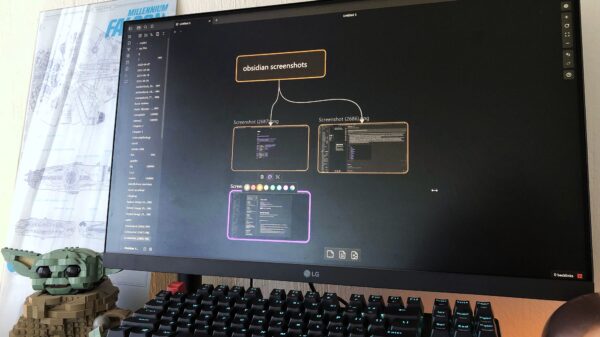The latest US employment report revealed unexpected job gains, with the economy adding 119,000 jobs in September, significantly surpassing the forecast of 50,000. Despite this positive figure, the unemployment rate increased to 4.4%, raising concerns about the labor market’s overall health. This mixed data has led to a slight increase in the likelihood of a rate cut by the Federal Reserve in December, impacting the US dollar’s performance against other currencies.
Investors reacted to the job data by adjusting their expectations for future interest rate decisions. The probability of a cut in December rose from 25% to approximately 30% following the release of the report. Although the dollar initially climbed against most major currencies, it retreated against the pound and has continued to face challenges. Despite the positive employment numbers, the Federal Reserve’s cautious stance and recent hawkish signals from its officials have left many investors believing that the central bank will remain on the sidelines in the coming month.
Yen Recovery and Intervention Discussions
In Japan, the yen rebounded after Finance Minister Katayama suggested the possibility of government intervention to address extreme volatility in the currency. His comments came as the Bank of Japan (BoJ) Governor Ueda emphasized the need to evaluate the timing for a potential rate hike, given the recent acceleration in inflation. Following Japan’s consumer price index data, which hinted at rising inflation levels, the market is now estimating a 30% chance of a December rate hike, along with a fully anticipated rate increase of 25 basis points in April 2024.
The Japanese parliament’s approval of a substantial 21.3 trillion yen stimulus package—one of the largest since the pandemic—has provided additional context for these discussions. The financial community is closely monitoring the yen’s movements, particularly as it approaches the significant psychological threshold of 160.00 against the dollar, which could prompt intervention measures from authorities.
Wall Street Faces Pressure from Fed Concerns
On Wall Street, all three major indices experienced declines, with the tech-heavy Nasdaq falling by more than 2%, marking its most significant drop since early April. Fed officials, including Lisa Cook, expressed worries about asset valuations, suggesting that the markets might be heading for a correction. Cook stated that she would not be surprised by a collapse in historically elevated asset prices, a sentiment echoed in the latest Fed minutes.
This caution comes despite positive earnings reports, such as those from Nvidia, which failed to alleviate apprehensions regarding overvaluation in the stock market. The forward price-to-earnings ratio of the S&P 500 remains near its pandemic highs, leading analysts to believe that a further decline in stock indices is a possibility.
In summary, the mixed signals from the US jobs report, potential intervention in Japan, and concerns about asset valuations on Wall Street highlight a complex economic landscape. Investors are navigating these developments carefully as they assess future monetary policy and market stability.



































































